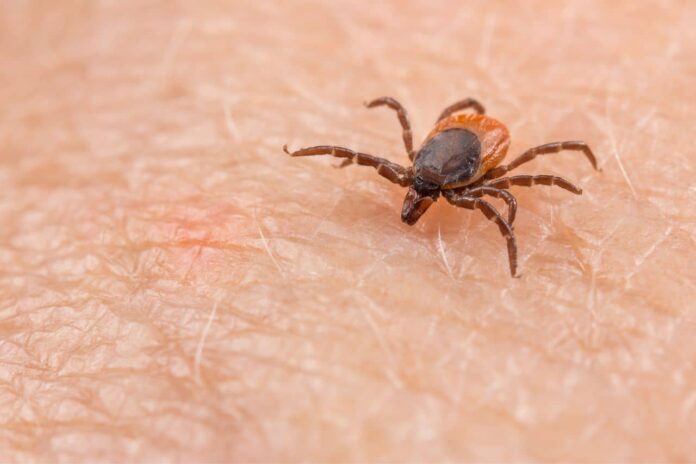Tick-borne illness is climbing sharply throughout the United States. Lyme disease, formerly largely limited to the Northeast, is now spreading its reach. New study attributes the increase to a warming climate and the prognosis is sobering.
Climate Change Heats Up Lyme Risk
A recent study in EcoHealth discovered that an increase in global temperature by a mere 3°C could increase Lyme disease cases in the northeastern and upper midwestern U.S. by 38%. That’s approximately 55,000 additional infections annually. And with every case, there’s a cost to both health and money. Healthcare expenses might rise by $236 million each year.
These estimates may be conservative. The study doesn’t account for underreporting or undiagnosed cases. It also leaves out the growing presence of ticks that carry other illnesses like anaplasmosis and babesiosis.
Personal Stories Reflect Growing Pain
For others, these statistics ring close to home. Several Environmental Health Sciences employees have fought Lyme and associated diseases firsthand. One employee was so incapacitated by Lyme and babesiosis that walking was impossible. Her son, a 24-year-old athlete, walks with a limp because of tick-borne joint problems.
These aren’t anecdotal tales. They’re becoming more frequent as ticks move and multiply in warmer, more humid conditions.
Also read: A.J. Brown Pranks Eagles Fans with Fake Patriots Trade on Instagram
Ticks on the Move
As temperatures increase, ticks are moving into new areas. Warmer winters result in more ticks making it through the cold. Longer summers result in more time to transmit disease. While Lyme might dip a bit in the Southeast, the Northeast and Midwest are becoming hotspots for outbreaks.
Even areas with lower current risk should remain vigilant. Once ticks move in, they’re difficult to manage.
Hidden Burden of Illness
Tick-borne diseases are insidious. Most individuals do not know they are infected until symptoms are severe. Fatigue, fever, joint pain, and even paralysis can ensue. Misdiagnosis is frequent. Without prompt treatment, some patients experience long-term disability.
This gradual discovery is a factor in underreporting. That is, the actual burden could be much higher than reported figures.
A Wake-Up Call for Policy and Public Health
The research is a warning. Unless there is serious action on climate, tick-borne diseases will continue to increase. Public health organizations require increased funding. Public awareness campaigns need to expand. Individuals must be educated on how to protect themselves particularly in woods, high grass, and woodlands.
We also require improved diagnostics, increased tick surveillance, and improved healthcare support for infected patients.
What You Can Do
Stay alert. Wear long pants and long sleeves in tick-infested areas. Use EPA-registered repellents. Inspect yourself and pets after being outdoors. And if you get flu-like symptoms after a bite, get medical attention early.
Conclusion
Tick-borne diseases are a rising public health emergency. To learn more, you can keep following the official sources to stay informed and stay ahead of the disease.
Prevention is always better than care, hence take necessary steps to make sure you and your families are safe from the fatal attack. Together, we can drive change and defend our communities.








